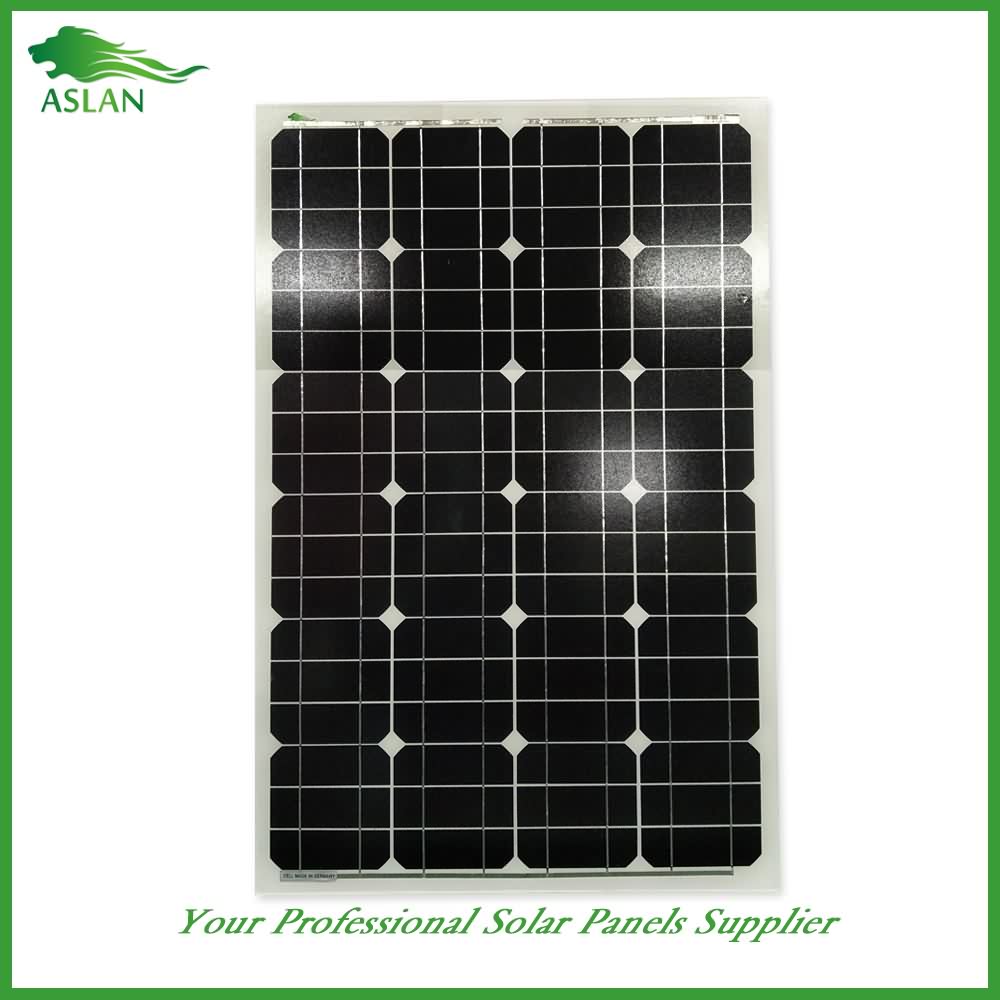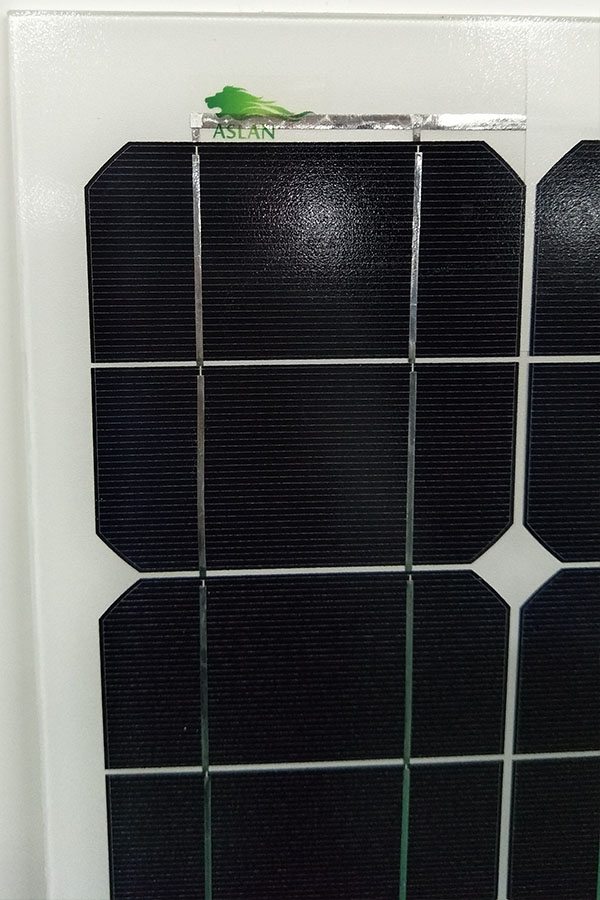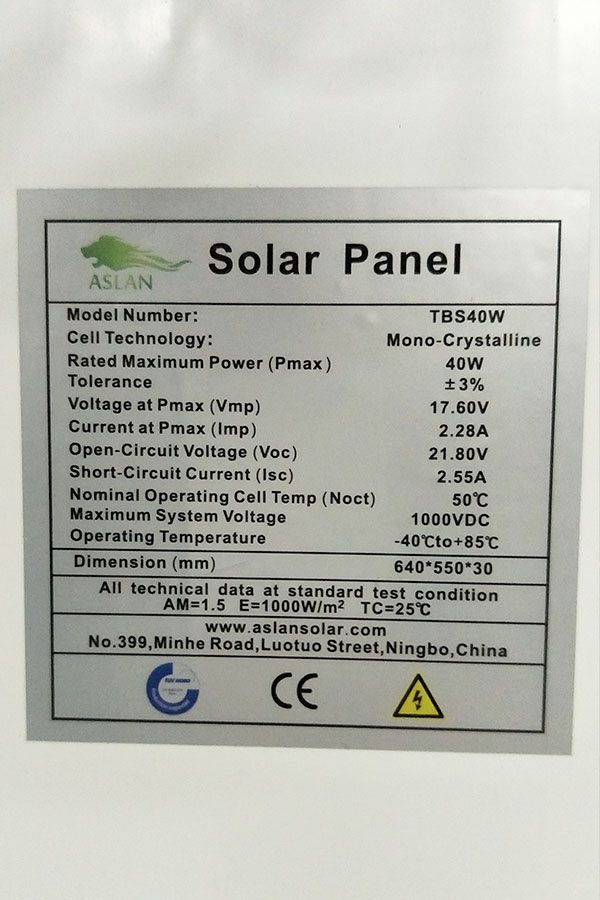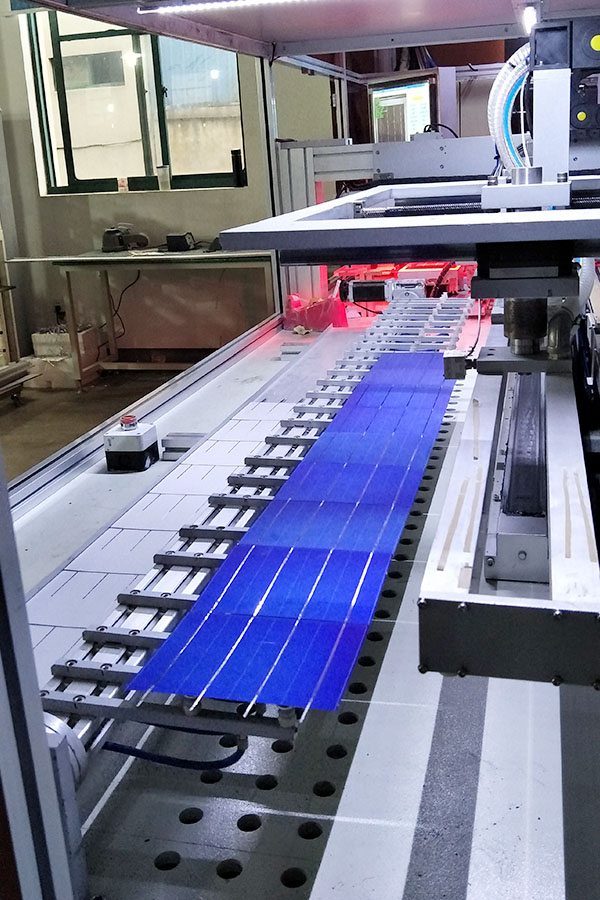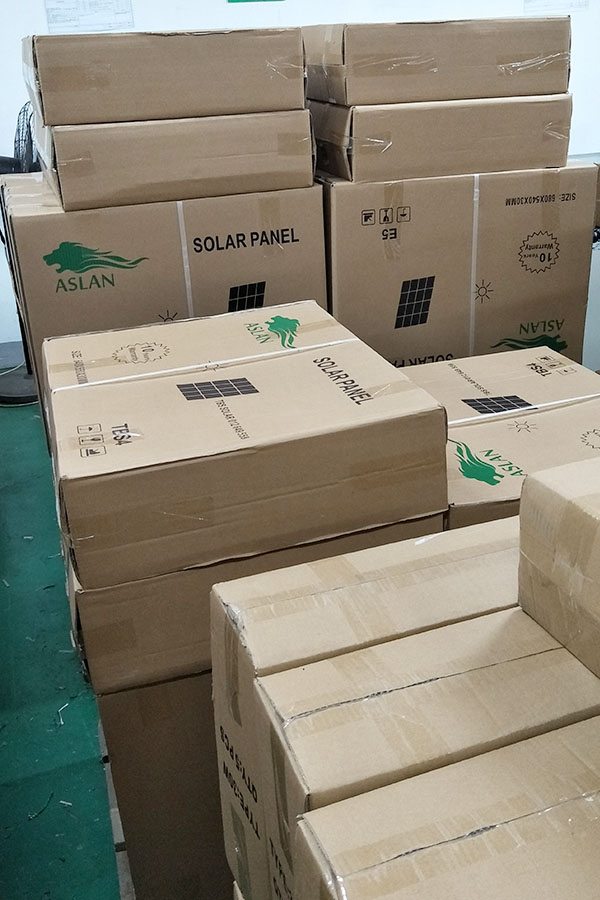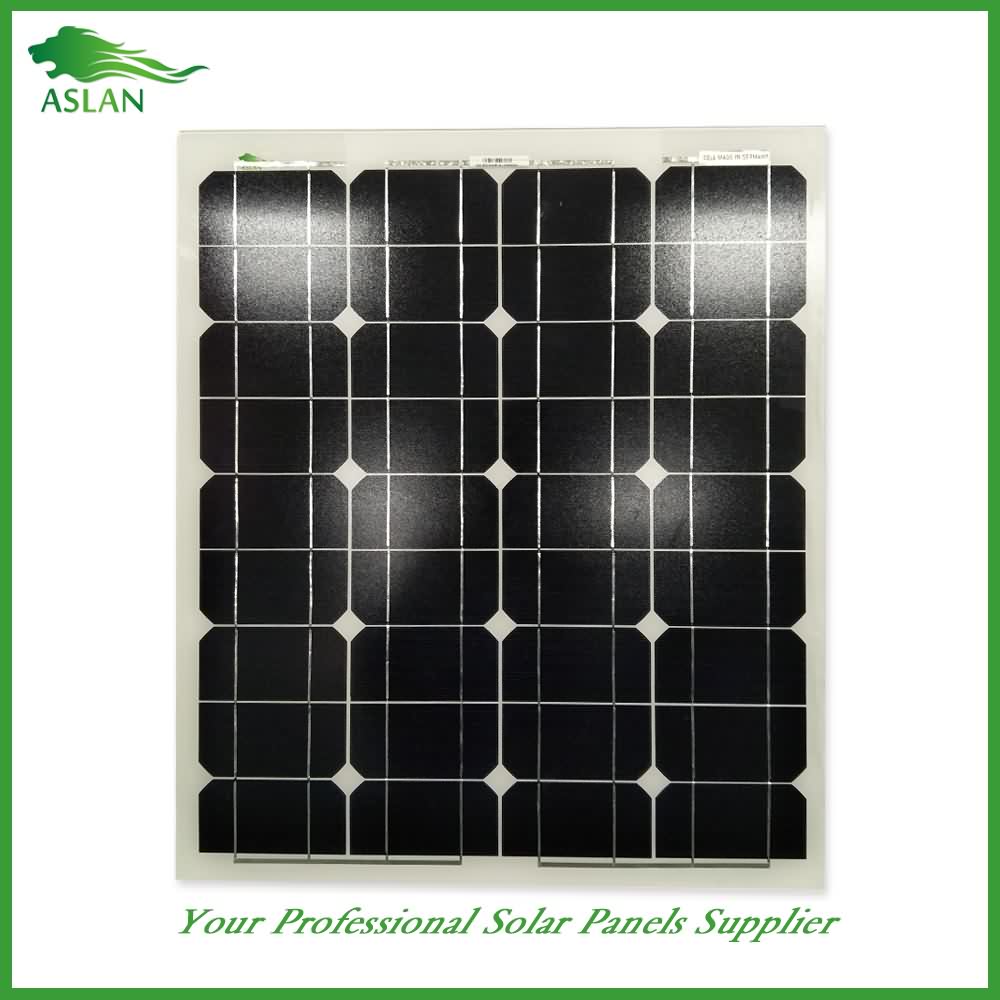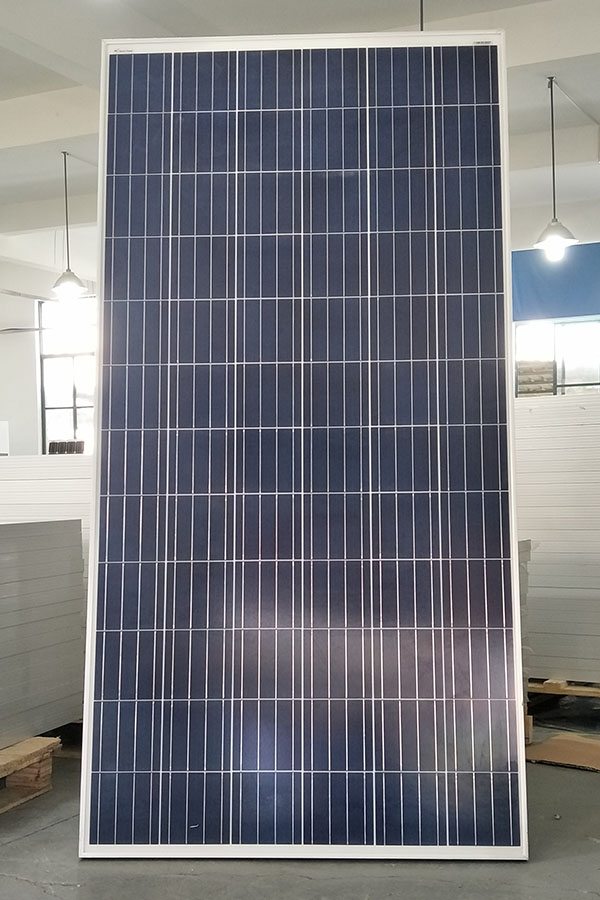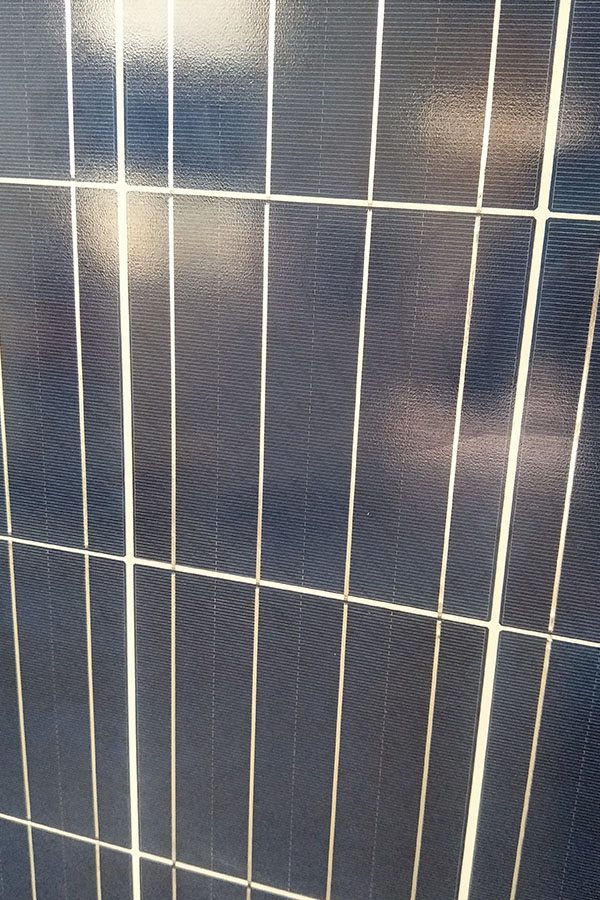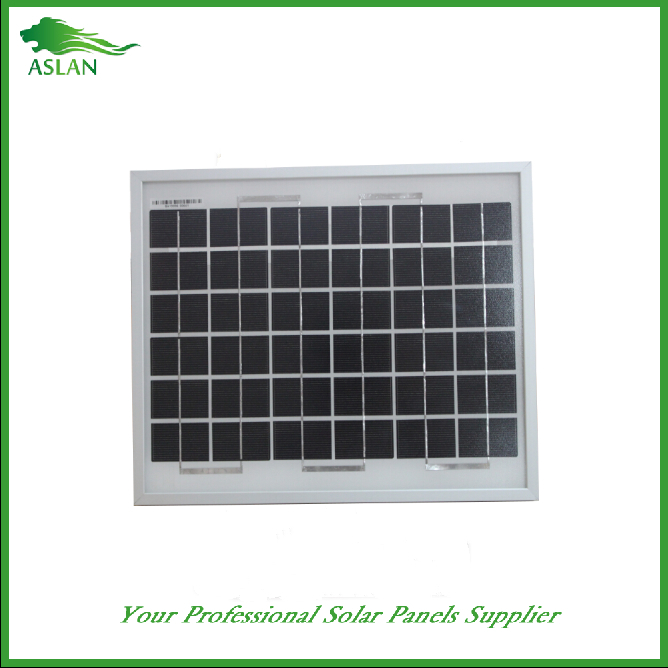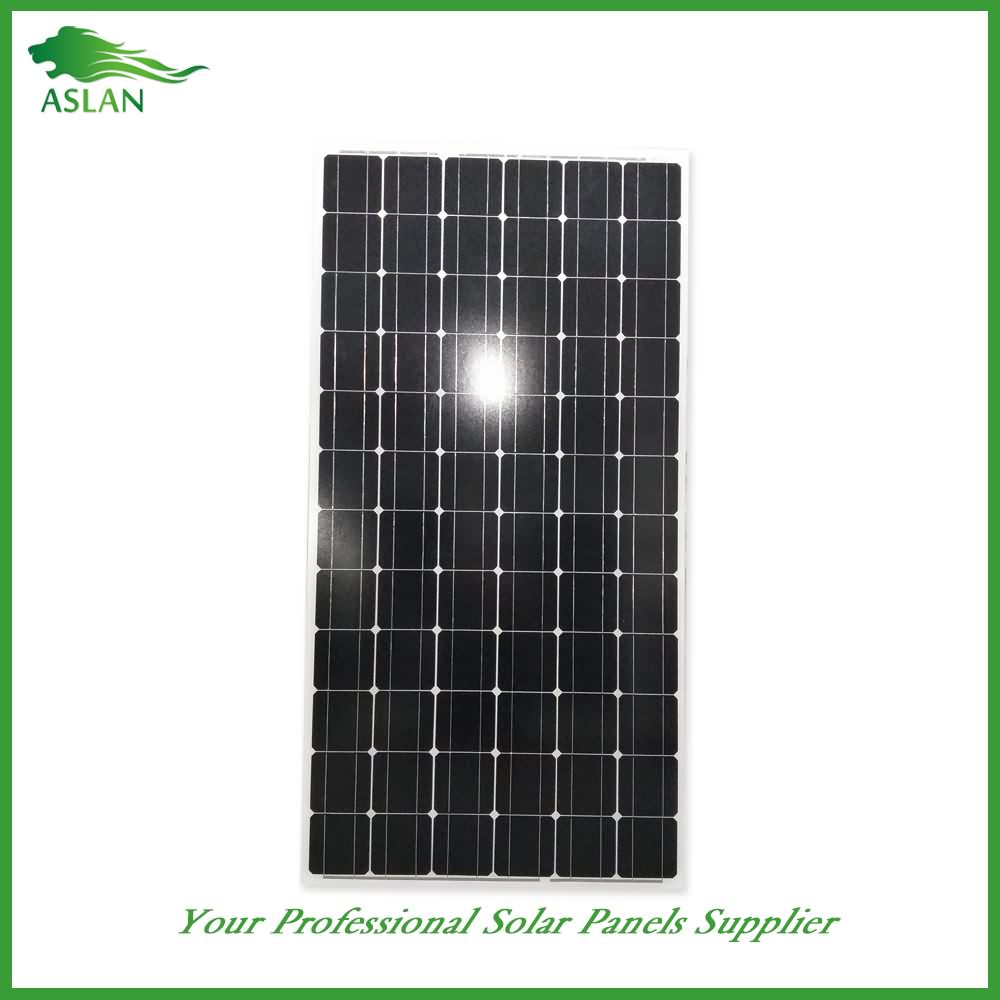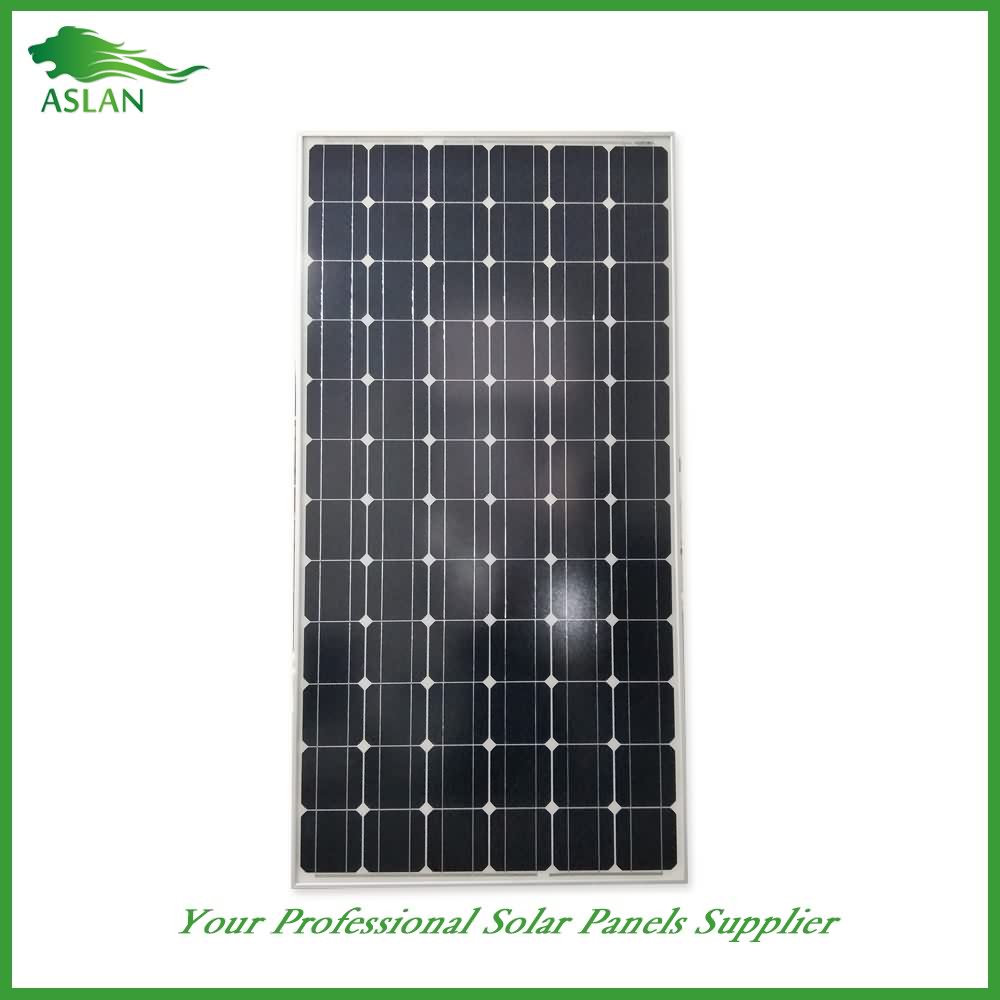Trending Products Mono-Crystalline 60W Solar Panel for Surabaya Manufacturer
Short Description:
Always customer-oriented, and it's our ultimate target to be not only the most reliable, trustable and honest supplier, but also the partner for our customers for Trending Products Mono-Crystalline 60W Solar Panel for Surabaya Manufacturer, We appreciate your enquiry and it's our honor to work with every friend worldwide.
Mono-Crystalline 60W Solar Panel
Technical parameter
Maximum Power(W) 60W
Optimum Power Voltage(Vmp) 18.46V
Optimum Operating Current(Imp) 3.25A
Open Circuit Voltage(Voc) 22.51V
Short Circuit Current(Isc) 3.57A
Mechanical Characteristics
Cell Type Mono-crystalline 125 x 83mm
No of Cell 36 (4x9pcs)
Dimensions 821x554x35mm
Weight 5.0Kg
Front Glass 3.5mm,High Transmission, Low Iron,Tempered Glass
Junction box IP65 Rated
Output Cable TUV 1×4.0mm2/UL12AWG,Length:900mm
Temperature and Coefficients
Operating Temperature(°C): -40°C ~ + 85°C
Maximum System Voltage: 600V(UL)/1000V(IEC) DC
Maximum Rated Current Series: 15A
Temperature Coefficients of Pmax: -0.47%
Temperature Coefficients of Voc: -0.389%
Temperature Coefficients of Isc: 0.057%
Nominal Operationg Cell Temperature (NOCT): 47+/-2°C
Materials of solar panel
1).Solar Cell——Mono-crystalline solar cell 125*83mm
2).Front Glass——-3.2mm, high transmission, low iron, tempered glass
3).EVA——-excellent anti-aging EVA
4).TPT——-TPT hot seal made of flame resistance
5).Frame——anodized aluminum profile
6).Junction Box——-IP65 rated, high quality, with diode protection
Superiority: high quality anodized aluminum frame, high efficiency long life, easy installation, strong wind resistance, strong hail resistance.
Features
1. High cell efficiency with quality silicon materials for long term output stability
2. Strictly quality control ensure the stability and reliability, totally 23 QC procedures
3. High transmittance low iron tempered glass with enhanced stiffness and impact resistance
4. Both Poly-crystalline and Mono-crystalline
5. Excellent performance in harsh weather
6. Outstanding electrical performance under high temperature and low irradiance
Quality assurance testing
Thermal cycling test
Thermal shock test
Thermal/Freezing and high humidity cycling test
Electrical isolation test
Hail impact test
Mechanical, wind and twist loading test
Salt mist test
Light and water-exposure test
Moist carbon dioxide/sulphur dioxide
For more Information Visit
http://agradesolarsolutionsaustralia.com.au/
Mobile: 0419 889 555
Address: P.O Box 41 Rosanna Vic 3084
Fax: (03) 9455 0532
Email: craig@agssa.com.au
ABN: 24605924396
Craig: Hi, I’m with Darren from DJ’s Family Butchery. As he discussed when I came to quote his system, he wanted a 5 kilowatt to cover majority of his electrical usage. When we got on the roof, there’s an app on my phone which is a sun seeker app which tracks the path of the sun throughout the year and realized the building next-door was going to cause a considerable amount of shading for a good portion of the year. So, I talked him out of the bigger, 5 kilowatt system into a smaller 3 kilowatt system which he would get 100% efficiency out of. That way, he’s saving more money, not only the production and his usage but he’s not having any downtime with the system being shaded.
If he had to put in a 5 kilowatt system, his production would have been greatly reduced because once one panel in a string of panels is hit by a shade, it brings down the efficiency of the whole string. So therefore, 3 kilowatt system, full sun, full potential, full usage.
Topics: solar energy, solar panel, solar panel install, solar panel installation australia, solar panels, off-grid, on-grid, solar solutions, wind power, solar power systems, renewable energy, green energy
Amazon UK link: http://amzn.to/2fZSypc
This modified sine wave power inverter is rated at 300W continuous with 600W peak power. The nominal output voltage that I measured was 235 to 243 volts depending upon the load attached to the output socket. The frequency remained constant at 50.5 Hz. Power inverters demand high input currents from their power sources and as a rule of thumb to allow for the efficiency loss of the converter you can use the formula of dividing the AC watts by 12 and then multiplying the result by 1.1 to attain the input DC current required. Thus a 100W DC load would require 100 /12 x1.1 which gives a 9.2 amp DC input current.
Because of this high demand it is better to use the crocodile clips and connect direct to the battery for any load that is greater than 100watts as the internal fusing for the car accessory socket is generally 15 A and its would be unadvisable to run at 10A continuous load on the internal wiring due to heating effects of this high current. The inverter itself does not have a fuse in the cigar lighter plug so this also is another reason to keep the attached load as low as possible for accessory socket powering.
The unit has a basic modified sinewave output as seen in the video oscilloscope capture and is typical of this type of unit. Because of the high DC component it is generally inadvisable to use this type of inverter with induction motors or transformer based equipment as this dc current would cause heating effects in the unit. The unit has protection for over voltage on the input and will cut out when the battery voltage falls below 10.8v dc to prevent total discharge of the battery. It also will shutdown if the output current is exceeded. The unit has a number of audio/visual prompts as to the error conditions and these are well explained in the user manual. The two 2.1 A USB sockets are powered as long as the unit is being powered from the car battery, the unit does not have to be switched on to enable these to operate. The unit features a soft start circuit whereby the voltage rises quickly to the output level rather than an instantaneous output, this does help reduce start up current surges. The output is fully isolated and as such is safe, no conductor is referenced to a true ground potential so the potential for electric shock is reduced.
My only concern in carrying out the review and technical testing was the size of the conductors used for both the cigar lighter connector and the crocodile connectors. The cable sizes were not adequately rated if you wanted to run this unit at peak power output. If you really need 300W power it would be more efficient to use say a 600W inverter running at half load rather than this one at full load. Having stated that there is no reason that I can see why this unit cannot reliably supply loads of up to 150 watts using the crocodile clips on the battery or 100W using the accessory output socket in your vehicle. Remember to keep a good space around the unit to allow the inbuilt fan to force cool the unit when the units internal temperature rises.
